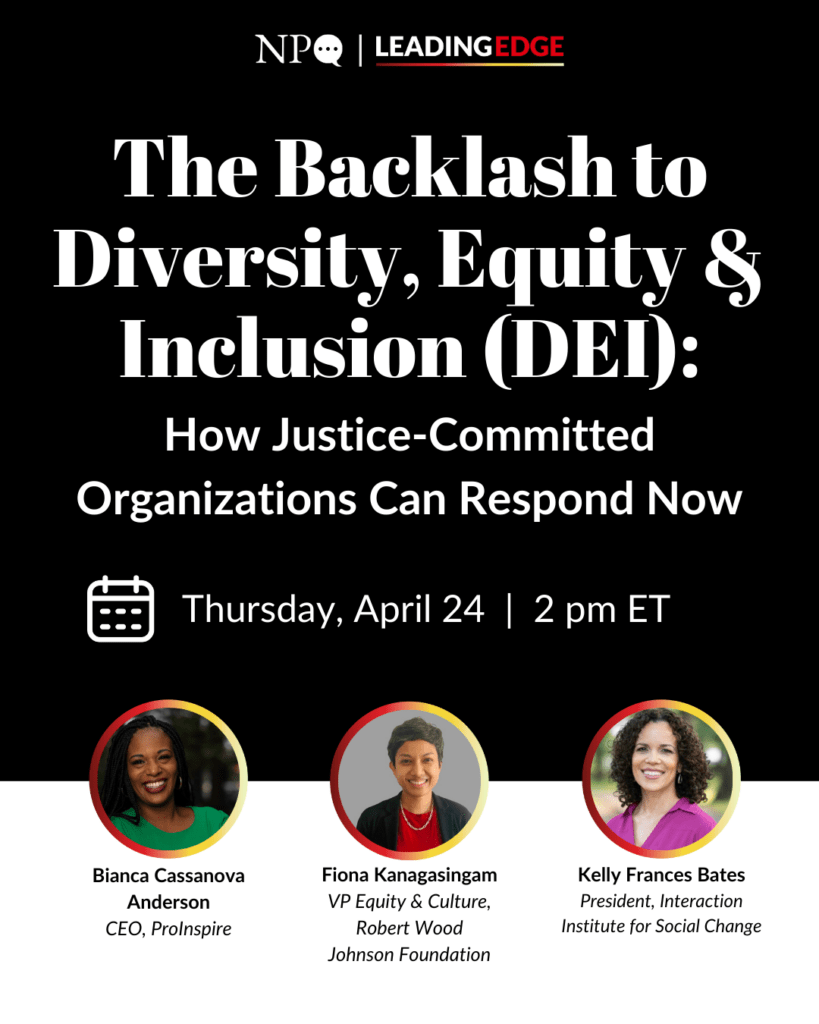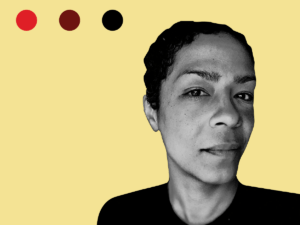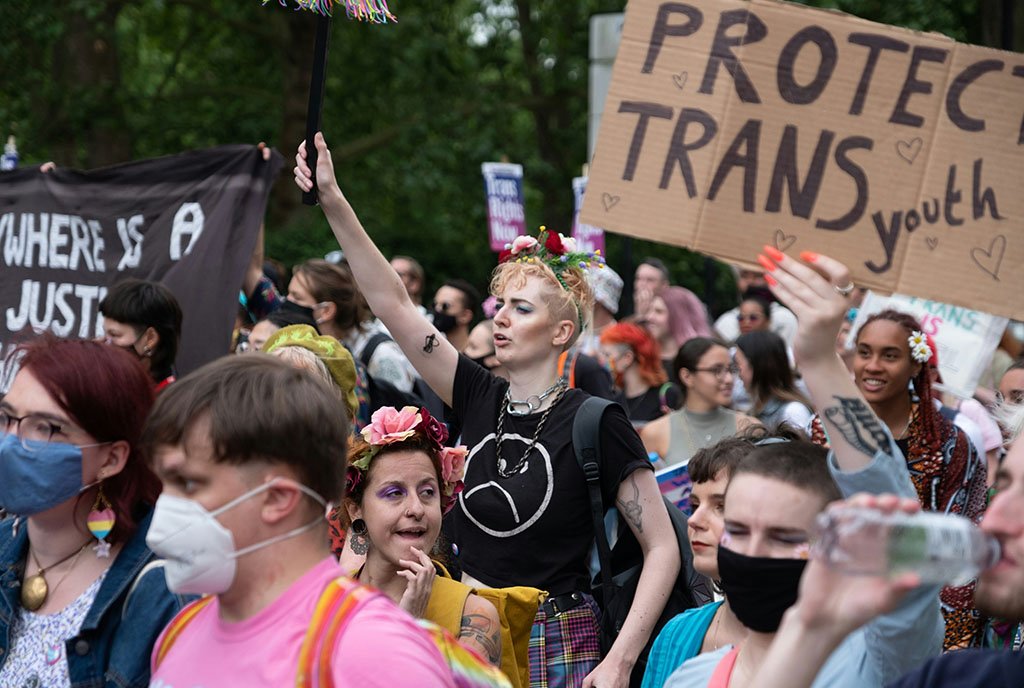
March 18, 2019; Inside Higher Ed
Independent of the current bribery scandal, it’s well known that wealthy students are highly advantaged in college admissions. But in Inside Higher Ed, Scott Jaschik provides a useful overview of the multitude of mechanisms at work. Some, like legacy admissions, are obvious. Others are seemingly neutral processes that do in fact skew the results, which speaks yet again to the imperative of using an equity lens.
Many of the colleges named in the federal indictment are exemplars of these practices. Jaschik notes that at the University of Southern California (USC), “14 percent of students are from the top one percent of family income in the United States, while only 4.9 percent are from the bottom 20 percent.” At USC, Georgetown, Stanford, and Yale, students in the top one percent outnumber those in the bottom 20 percent by a factor of three or four; a student in the top one percent is thus 60 to 80 times more likely to get admitted. At all four of these schools, over 50 percent of students come from families in the top ten percent, Jaschik adds.
Even at the University of Texas at Austin (UT Austin) a public school named in the indictment, 38 percent of students come from the top ten percent (i.e., almost four times their incidence in the population) and those in the bottom 20 percent just barely outpace those in the top one percent (6 percent to 5.4 percent). In other words, at public UT Austin, a person in the top one percent is “only” 18 times more likely to get admitted than a person in the bottom 20 percent.
At nonprofit private schools, legacy admissions help skew the numbers. Jaschik notes that an analysis of the issue by Michael Dannenberg of Education Reform Now last year found that, “More white students are admitted to top 10 universities under an alumni preference bonus than the total number of black and Latinx students admitted under affirmative action policies.” Dannenberg adds that a study found that legacy status is “the equivalent of a boost of 160 points on the SAT” and notes that, “Virtually no legacy student attending an elite institution is low income.” At Harvard, data from six years of admissions reveal that legacy students enjoyed a 34 percent acceptance rate, compared to 5.9 percent for those who were not legacy students.
Legacy admissions may be the most obvious mechanism, but Jaschik details many others:
Counselors: “The American School Counselor Association recommends a student-counselor ration of no more than 250 to one,” Jaschik notes, but only three states (New Hampshire, Vermont and Wyoming) meet that standard. A study the association did with the National Association for College Admission Counseling found that the national average is 482 to one. By contrast, students from wealthy families benefit from individualized counseling, which, according to the Independent Educational Consultants Association, can range from $850 to $10,000, with an average hourly fee of $200.
Essay “help”: “A growing number of wealthy applicants are hiring people to help them write their college essays,” notes Jaschik. Even assuming students still write their own essays, coaching can certainly give a student applicant an upper hand. “One writing coach charges $2,500 for complete service through the process. Another charges $1,500 for the basic Common Application essay and then $700 for help on each supplemental essay,” Jaschik reports.
Testing: On standardized tests, Jaschik points out, “wealthy families can arrange all kind of coaching and classes for their children.” Jaschik notes that since the College Board waives testing fees for low-income students, waivers can be used as a proxy for income. The College Board, in its 2018 report, finds that the average SAT score was 990 for those receiving waivers versus 1088 for those who did not.
Sign up for our free newsletters
Subscribe to NPQ's newsletters to have our top stories delivered directly to your inbox.
By signing up, you agree to our privacy policy and terms of use, and to receive messages from NPQ and our partners.
Recruitment: “Colleges are more likely to recruit at high schools with wealthy students,” notes Jaschik. In 2013, Jaschik observes, the Los Angeles Times noted that 113 recruiters visited one private school with a senior class of 106. “By comparison,” writes Jaschik,” at Jefferson High School, in a low-income part of Los Angeles, only eight recruiters came for a graduating class of 280.”
“Demonstrated interest”: “A student who visits campus, and does so long enough to participate in activities, will gain much more of an edge than an equally qualified student who talks with a college representative at a college fair at her school. Families that are wealthier are more likely to be able to take college trips and show that interest,” notes Jaschik.
Early decision: Early decision may sound neutral. But that is not how it works. Dannenberg notes that,
• At highly selective schools, the early decision pool is more than three times as white as the regular decision applicant pool.
• Early decision students are less likely to be low-income, because early decision prohibits students from applying to other schools in search of the best financial aid package possible.
• Applying early is worth the equivalent of 100 added points on the SAT…
• At elite colleges, over 40 percent—in some cases over 50 percent—of incoming classes are admitted early decision.
These policies are not unchangeable. For instance, Caltech and the Massachusetts Institute of Technology do without legacy admissions despite being elite private nonprofit universities. Whether today’s public scrutiny will lead to further changes remains to be seen.—Steve Dubb












